Description
Product Description
SHLP-3 (Small Humanin-Like Peptide 3) is a mitochondrial-derived peptide (MDP) encoded by the 16S ribosomal RNA (MT-RNR2) gene. Part of the Humanin-like peptide family, SHLP-3 functions as a critical mitochondrial signaling molecule, modulating bioenergetics, oxidative stress, and cell survival pathways.
Biological Background
Mitochondria not only supply energy but also serve as hubs for cellular signaling. SHLP-3 is produced within the mitochondria and acts in both autocrine and paracrine manners to regulate intracellular metabolism and stress responses. Its expression is observed in pancreatic β-cells, prostate cells, and multiple tissue types, linking mitochondrial health with systemic metabolic homeostasis.
SHLP-3 demonstrates cytoprotective effects, improving cell viability and mitochondrial function. In insulinoma NIT-1β cells and human prostate cancer 22Rv1 cells, SHLP-3 reduces apoptosis, increases ATP production, enhances mitochondrial oxygen consumption rate (OCR), and decreases reactive oxygen species (ROS) accumulation. These features make it a powerful tool for studying diabetes, cancer, and mitochondrial physiology.
Research Applications
Diabetes Research: Enhances β-cell survival and insulin secretion in pancreatic models.
Cancer Biology: Modulates cell viability in prostate cancer models, offering insights into mitochondrial-targeted therapy.
Mitochondrial Function Studies: Facilitates investigation of OCR, ATP production, and ROS regulation.
Cytoprotection and Anti-apoptosis Studies: Serves as a model peptide for understanding survival signaling under stress.
Functional Insights
Increases cellular ATP levels, promoting energy availability.
Enhances mitochondrial oxygen consumption rate (OCR), improving bioenergetic efficiency.
Reduces ROS accumulation, lowering oxidative stress-induced damage.
Prevents apoptosis via modulation of pro-survival pathways such as PI3K/AKT and AMPK.
May interact with other mitochondrial peptides to regulate metabolic homeostasis.
SHLP-3 is thus a multi-functional mitochondrial messenger peptide, critical for research in metabolic diseases and oncology, bridging bioenergetics with cell survival and cytoprotection.
Product Specifications
| Attribute | Description |
|---|
| Product Name | SHLP-3 |
| CAS Number | — |
| Synonyms | Small Humanin-Like Peptide 3, Mitochondrial Peptide SHLP3 |
| Chemical Class | Mitochondrial-derived peptide (MDP) |
| Source Gene | MT-RNR2 (16S rRNA gene) |
| Molecular Formula | Peptide (sequence-dependent) |
| Molecular Weight | Approx. 2–3 kDa |
| Sequence | SHLP-3 |
| Appearance | White to off-white lyophilized powder |
| Purity | ≥98% (HPLC) |
| Solubility | Water, PBS, DMSO |
| Storage Conditions | –20°C, desiccated, light-protected |
| Stability | Stable ≥2 years under recommended storage |
| Applications | Diabetes, cancer, mitochondrial biology, cytoprotection |
| Safety Level | For research use only |
| QC Tests | HPLC, Mass spectrometry, peptide sequencing |
Mechanism of Action
SHLP-3 exerts its bioactivity through multiple mitochondrial and cellular pathways, enhancing cell survival and energy metabolism.
1. Enhancement of Mitochondrial Bioenergetics
SHLP-3 increases the mitochondrial oxygen consumption rate (OCR) and ATP production, providing cells with greater energy availability to maintain normal functions. It promotes mitochondrial respiratory efficiency by modulating the electron transport chain and mitochondrial enzyme activities.
2. Reduction of Oxidative Stress
By lowering intracellular ROS levels, SHLP-3 protects cells from oxidative damage. This antioxidative effect is mediated through activation of Nrf2 and antioxidant enzyme pathways, including SOD and catalase, preventing lipid peroxidation and mitochondrial DNA damage.
3. Cytoprotection and Anti-apoptotic Effects
SHLP-3 reduces apoptosis in both pancreatic β-cells and prostate cancer cells. Mechanistically, it enhances AKT phosphorylation, inhibits pro-apoptotic factors such as Bax, and stabilizes mitochondrial membrane potential (ΔΨm), thereby preventing cytochrome c release and downstream caspase activation.
4. Metabolic Regulation
SHLP-3 modulates glucose metabolism and insulin signaling, improving cellular energy homeostasis. In insulinoma cells, it enhances insulin secretion and glucose uptake. In cancer models, it balances energy production and ROS to maintain cell viability under stress.
5. Intercellular Signaling
SHLP-3 may act in a paracrine manner, influencing neighboring cells’ mitochondrial function and survival. By modulating calcium homeostasis and activating AMPK, it integrates metabolic cues with cytoprotective responses.
Overall, SHLP-3 is a mitochondrial-derived cytoprotective peptide that enhances energy metabolism, reduces oxidative stress, and prevents apoptosis, making it an ideal research tool for metabolic and oncological studies.

Side Effects
Although SHLP-3 is for research use only, experimental models have revealed potential effects that should be monitored:
Overactivation of Mitochondrial Respiration: May lead to excessive ATP production in non-target cells.
ROS Under-suppression: Could disrupt necessary redox signaling in normal physiology.
Altered Apoptosis in Non-Target Cells: Cytoprotective effects may affect cell turnover in healthy tissues.
Metabolic Modulation: High concentrations could influence insulin signaling and glucose metabolism in systemic models.
Potential Immune Crosstalk: May affect cytokine secretion in in vivo experiments.
Researchers should use appropriate controls and dosing strategies to avoid confounding results.
Disclaimer
For research use only. Not intended for human or veterinary use, diagnosis, or treatment.
Keywords
SHLP-3, mitochondrial-derived peptide, MT-RNR2, Small Humanin-Like Peptide 3, mitochondrial bioenergetics, cytoprotection, apoptosis inhibition, ROS reduction, ATP production, diabetes research, cancer research.
Shipping Guarantee
All products are shipped with tax-inclusive clearance and damage/loss insurance.
Transaction Guarantee
We accept T/T, PayPal, cryptocurrency, and other secure payment options. Contact staff for details.
 Semaglutide online consultation
1 × $2.00
Semaglutide online consultation
1 × $2.00 99% Pure Peptide Reta Trutide Epitalon in Stock Factory wholesale
10 × $26.00
99% Pure Peptide Reta Trutide Epitalon in Stock Factory wholesale
10 × $26.00 USA-Peptide-Janoshik Lyophilized Peptide Raw Powder for Muscle Building & Weight Loss
10 × $24.00
USA-Peptide-Janoshik Lyophilized Peptide Raw Powder for Muscle Building & Weight Loss
10 × $24.00 High Purity Weight Loss Peptide Reta, Trutide, GHK-Cu, Epitalon Peptide – The Ultimate Solution for Effective Weight Loss and Anti-Aging
10 × $25.00
High Purity Weight Loss Peptide Reta, Trutide, GHK-Cu, Epitalon Peptide – The Ultimate Solution for Effective Weight Loss and Anti-Aging
10 × $25.00 Factory Supply Peptide Healthcare 99% with Safe Delivery
10 × $23.00
Factory Supply Peptide Healthcare 99% with Safe Delivery
10 × $23.00
 Semaglutide online consultation
Semaglutide online consultation  99% Pure Peptide Reta Trutide Epitalon in Stock Factory wholesale
99% Pure Peptide Reta Trutide Epitalon in Stock Factory wholesale  USA-Peptide-Janoshik Lyophilized Peptide Raw Powder for Muscle Building & Weight Loss
USA-Peptide-Janoshik Lyophilized Peptide Raw Powder for Muscle Building & Weight Loss 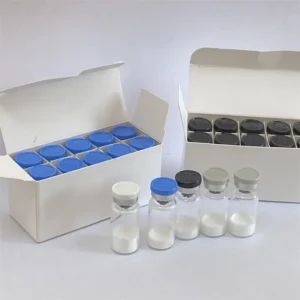 High Purity Weight Loss Peptide Reta, Trutide, GHK-Cu, Epitalon Peptide – The Ultimate Solution for Effective Weight Loss and Anti-Aging
High Purity Weight Loss Peptide Reta, Trutide, GHK-Cu, Epitalon Peptide – The Ultimate Solution for Effective Weight Loss and Anti-Aging 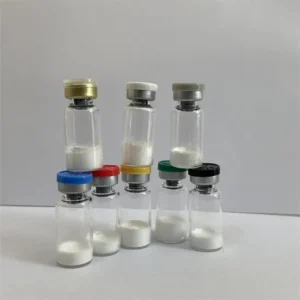 Factory Supply Peptide Healthcare 99% with Safe Delivery
Factory Supply Peptide Healthcare 99% with Safe Delivery 


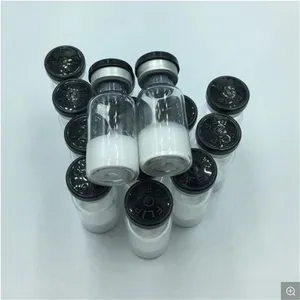


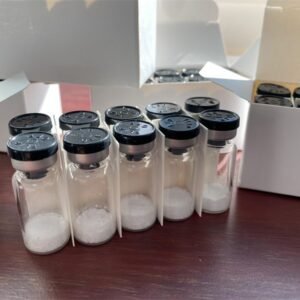
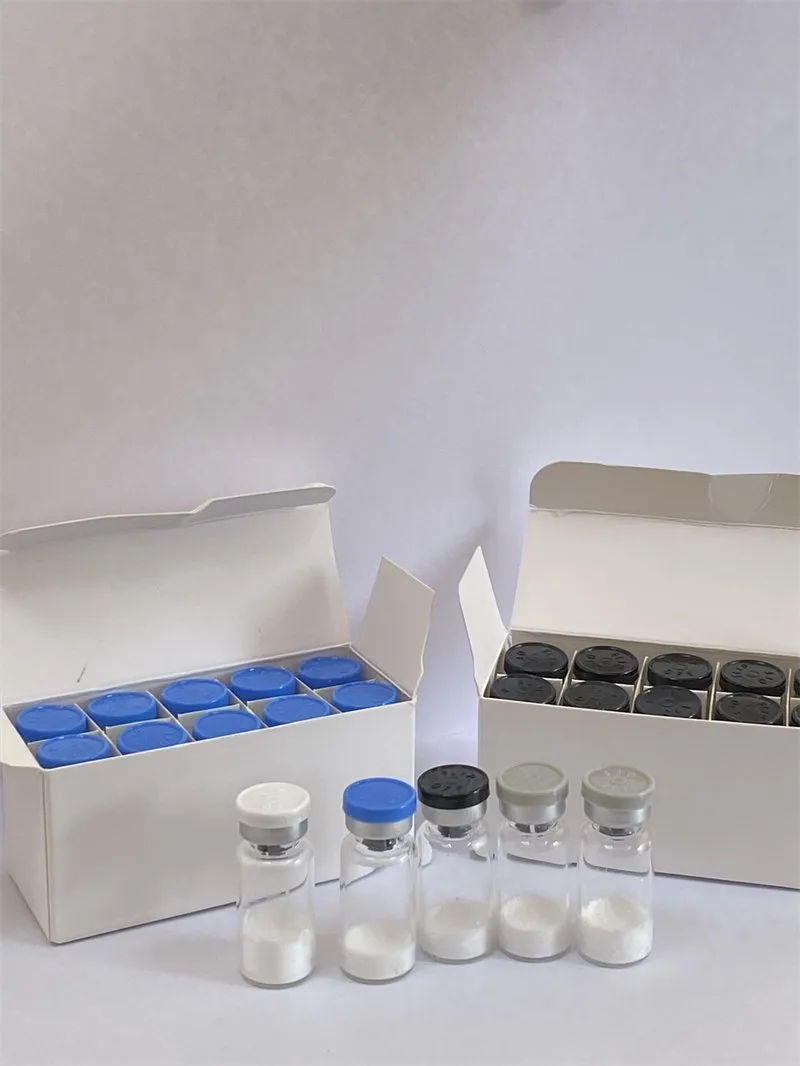

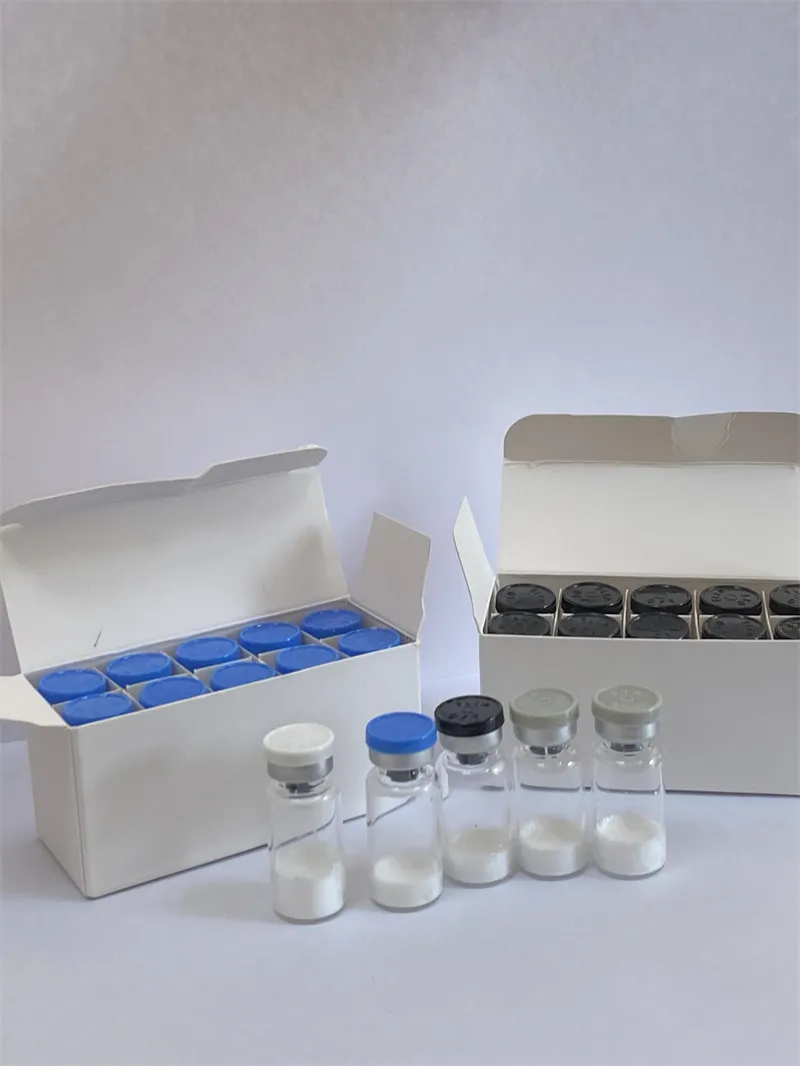
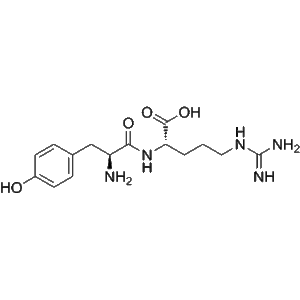
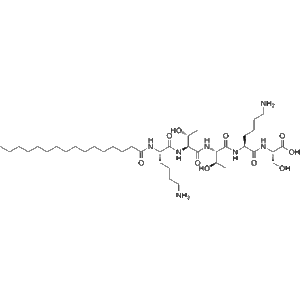
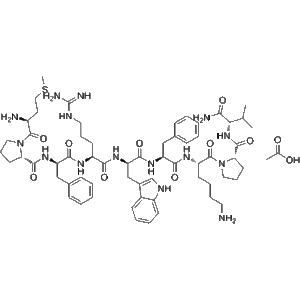
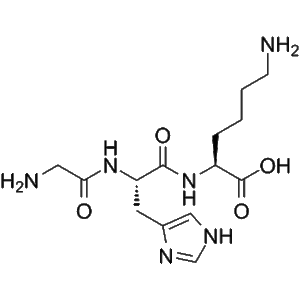
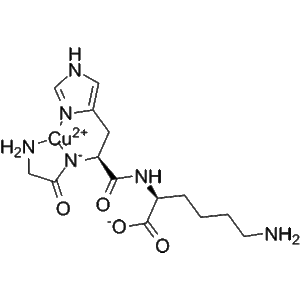
Reviews
There are no reviews yet.